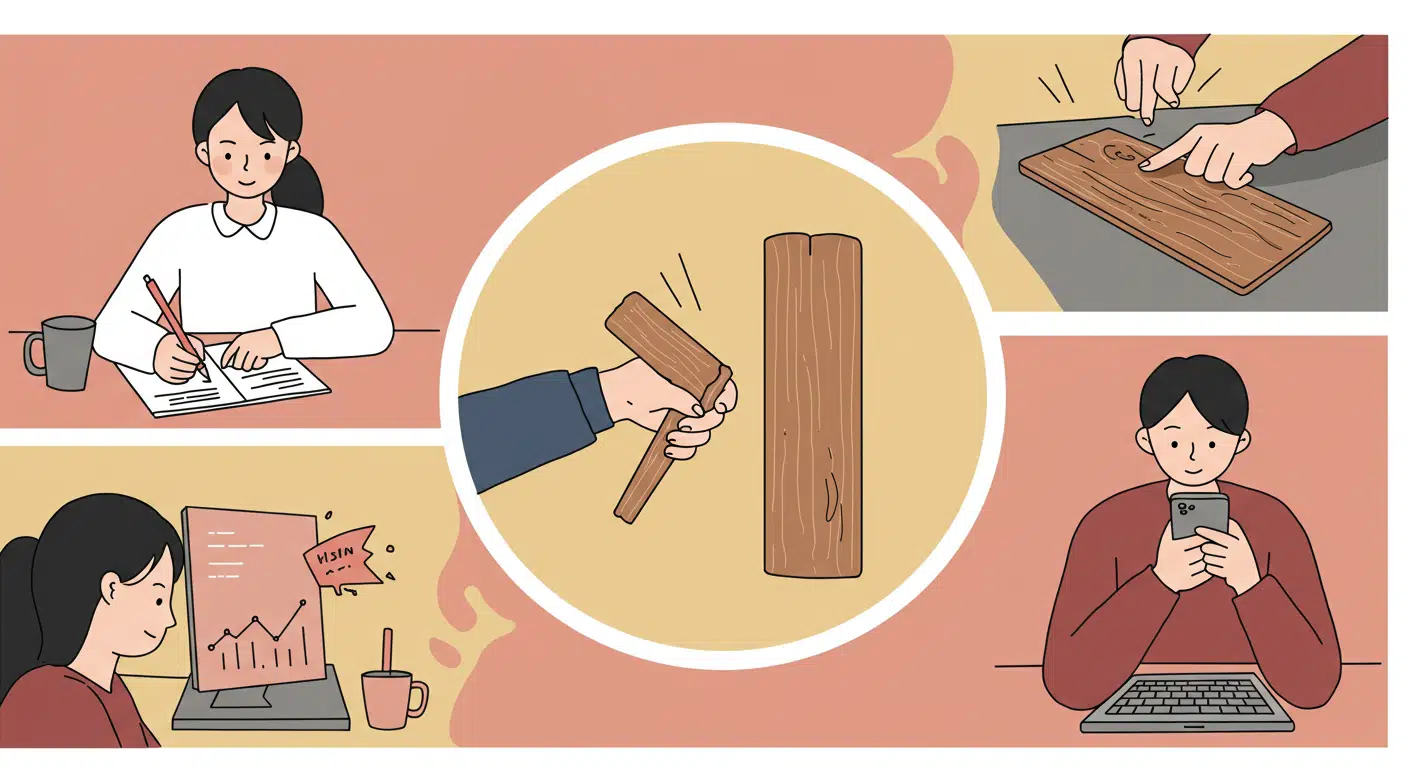According to East Asian cultural traditions—particularly Chinese, Korean, and various Southeast Asian belief systems—wearing jade as a personal adornment provides powerful protection against harm while promoting physical health, long life, and general wellbeing. This mineral talisman supposedly works through multiple mechanisms: absorbing negative energy directed at the wearer; emanating positive qi (life force); physically cracking instead of the wearer’s body during dangerous situations; and maintaining spiritual connection to ancestors who valued the stone. Some traditions specify ideal jade colors (specific green shades for health, white for purity, lavender for spiritual awareness), carving symbols that enhance particular properties, and proper wearing positions (against the skin, over specific acupuncture points).

A baby’s future career or fate is predicted by the first object they select during a ceremonial setup.
In several Asian and Eastern European cultures, a traditional ceremony is held for babies usually around their first birthday. Known


